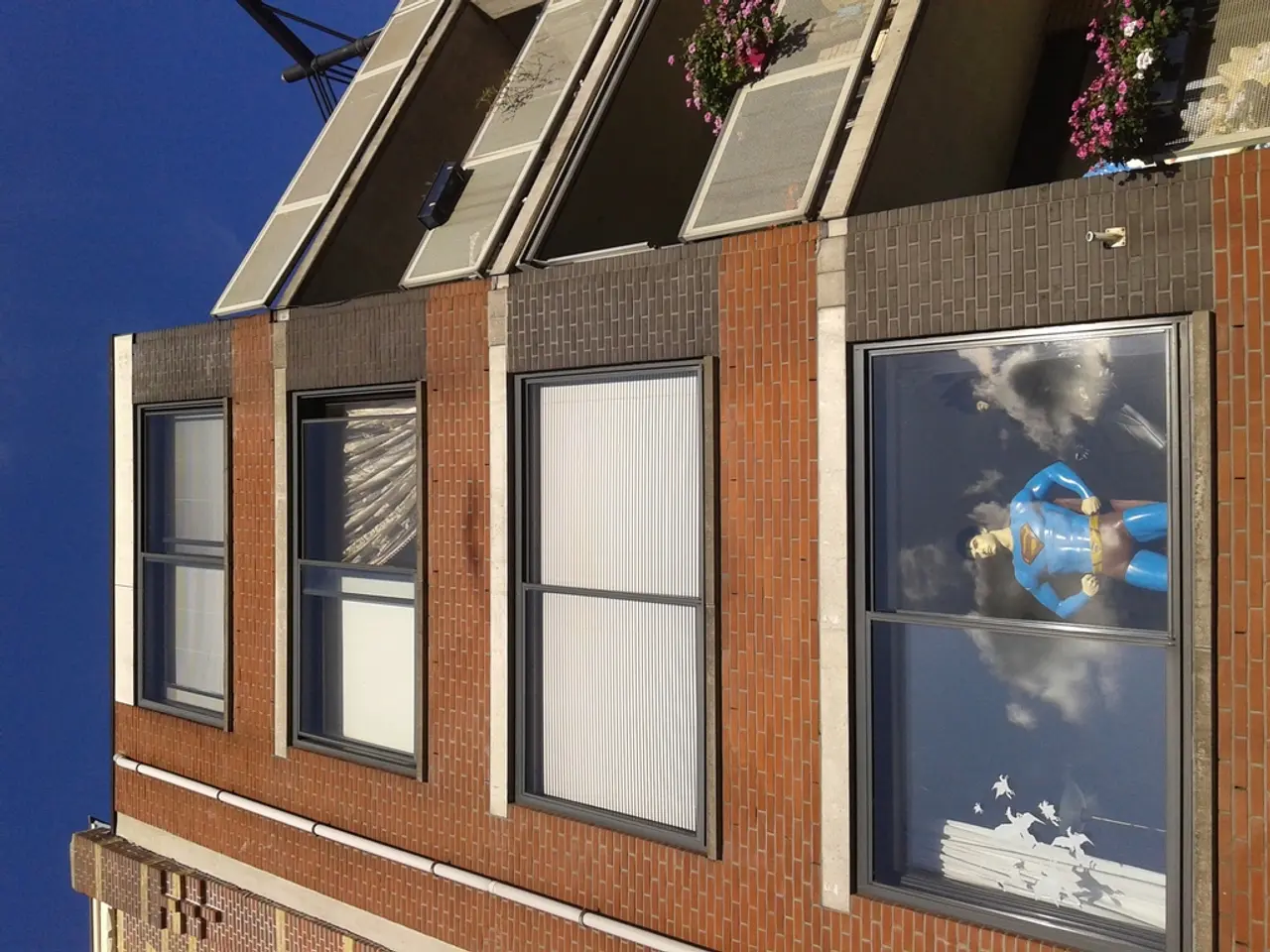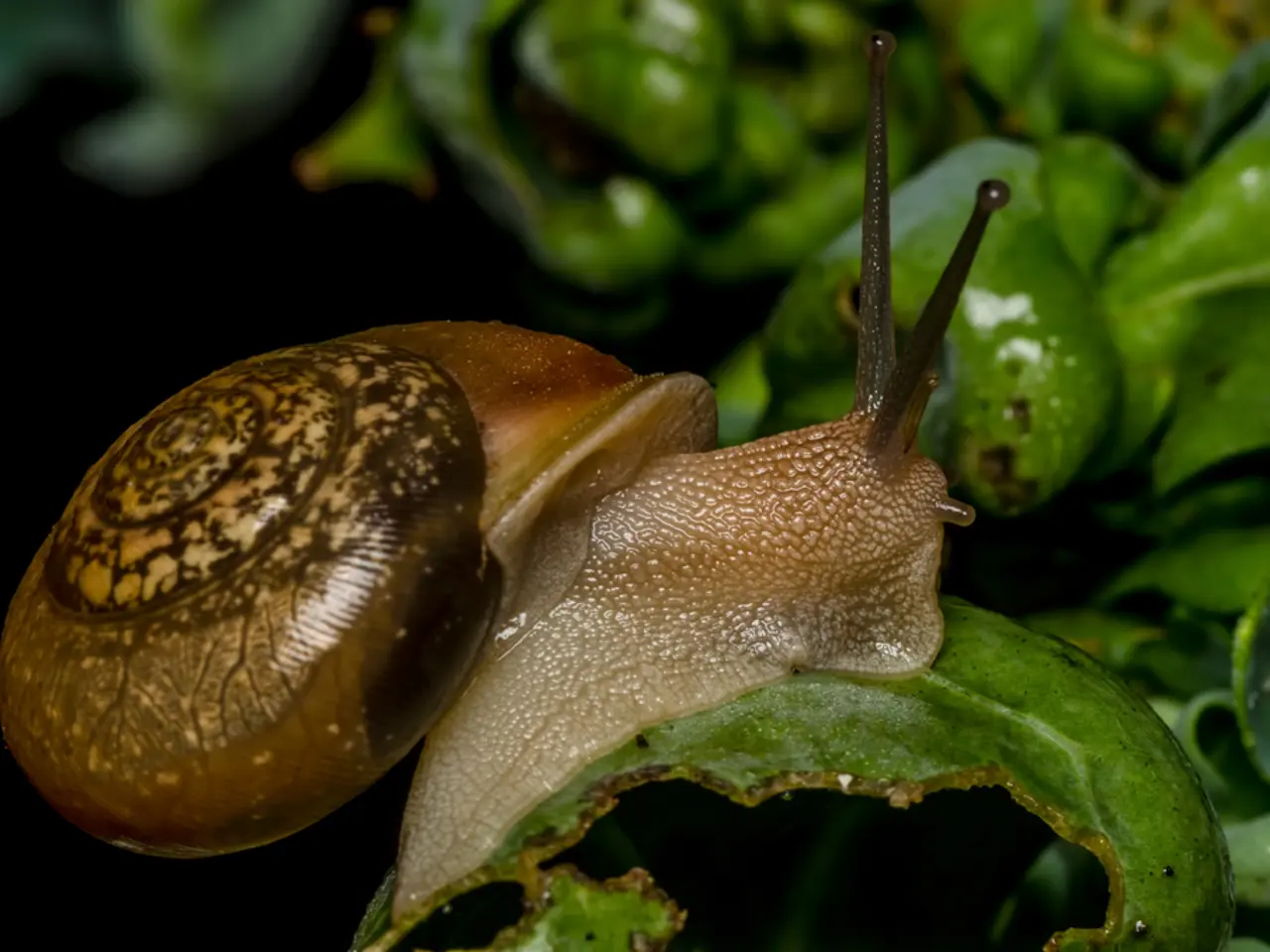Top Picks: Allergy-Friendly Houseplants for a Sneeze-Free Home
In the quest for a greener and healthier home, indoor plants have become a popular choice. However, for those sensitive to allergies, not all plants are created equal. Here are some of the best hypoallergenic indoor plants that can help purify the air without adding pollen or other allergens.
First on our list is the Snake Plant (Sansevieria trifasciata). This low-light plant is a powerhouse when it comes to air purification, removing toxins like formaldehyde and benzene from the air. It is also non-pollinating, making it allergy-friendly [1][4][3].
The Spider Plant (Chlorophytum comosum) is another excellent choice for allergy sufferers. Known for its ability to remove toxins such as carbon monoxide, this plant thrives in indirect light and requires minimal maintenance [1][3].
The Areca Palm (Dypsis lutescens) not only acts as a natural humidifier but also helps alleviate dry air that can irritate allergies. It is low maintenance, pet-friendly, and removes formaldehyde and other toxins from the air [1][4][5].
Devil's Ivy (Epipremnum aureum) is a very easy-to-care-for plant that effectively purifies air without releasing allergens. It grows well in low light and is a great option for allergy sufferers [2].
The Boston Fern is another air-purifying plant that helps detoxify the air and adds humidity, which can ease allergy symptoms. It is a popular choice for those seeking a touch of nature indoors [3].
While flowering plants can be beautiful, those that produce pollen may exacerbate allergies. However, some flowering plants like azaleas are considered safer for asthma sufferers [2]. It is essential to research any plant before bringing it into your home.
For pet owners, the Areca Palm, Spider Plant, and Money Tree are safe options, while others like the Peace Lily should be avoided due to their toxicity [5].
In addition to choosing the right plants, other steps can be taken to improve indoor air quality. Regular vacuuming (preferably with a HEPA filter), keeping ceiling fans and light fixtures free of dust, and using air filters are all effective measures [6].
In summary, the snake plant, spider plant, areca palm, devil's ivy, and Boston fern are among the best hypoallergenic indoor plants for people sensitive to allergies. By choosing these plants and implementing other air-quality improving measures, you can create a greener and healthier home for you and your family.
References:
[1] NASA Clean Air Study (1989) [2] Allergy UK [3] American Society of Horticultural Sciences [4] HortScience [5] Pet Poison Helpline [6] EPA (Environmental Protection Agency)
Indoor plants, such as the Snake Plant, Spider Plant, Areca Palm, Devil's Ivy, and Boston Fern, are excellent choices for people with allergies as they purify the air without producing pollen or allergens. The Snake Plant (Sansevieria trifasciata) is a low-light plant known for its air-purifying capabilities and removal of toxins like formaldehyde and benzene. The Spider Plant (Chlorophytum comosum) thrives in indirect light, removes toxins such as carbon monoxide, and helps alleviate dry air that can irritate allergies. The Areca Palm (Dypsis lutescens) acts as a natural humidifier and removes formaldehyde and other toxins. Devil's Ivy is easy to care for and grows well in low light. The Boston Fern adds humidity, which can ease allergy symptoms.
While some flowering plants like azaleas may be safer for asthma sufferers, others may exacerbate allergies due to pollen production. It is essential to research any plant before bringing it into your home. For pet owners, the Areca Palm, Spider Plant, and Money Tree are safe options, while others should be avoided.
In addition to choosing the right plants, other steps can be taken to improve indoor air quality, such as regular vacuuming with a HEPA filter, keeping ceiling fans and light fixtures free of dust, and using air filters. By following these steps, you can create a greener, healthier home for both you and your family, enhancing your overall home-and-garden lifestyle and health-and-wellness.




